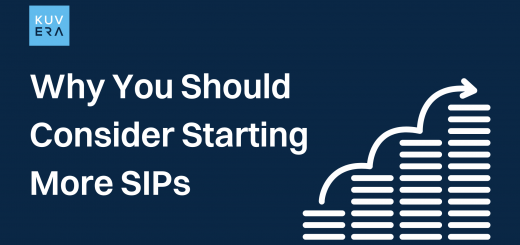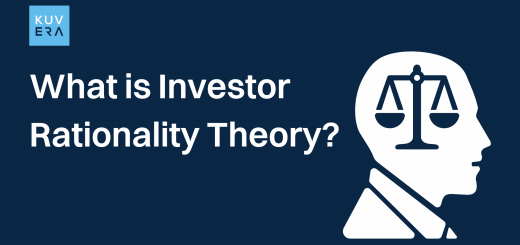What is a liquid ETF?
A liquid ETF, also known as an Exchange Traded Fund, is a mutual fund whose units are traded on the stock exchange. They invest in low-risk overnight securities such as Collateralized Borrowing and Lending Obligations (CBLO), Repo and Reverse Repo.
More importantly, institutional investors could use liquid Exchange traded funds to quickly enter and exit positions, making them a valuable tool when cash is needed. Individual investors have few options when liquidity falls. Still, institutional investors who use ETFs can avoid some liquidity issues by buying or selling creation units, which are pallets of the underlying shares that comprise each ETF.
Large retail traders and investors, Portfolio Management Services (PMS) providers, Futures & Options (F&O) brokers, and institutions that invest directly in equities prefer liquid ETFs. These funds are frequently suited to the needs of High Net Worth Individuals (HNIs). Investors can earn returns on idle funds while remaining liquid to take advantage of interesting investment opportunities by parking funds in liquid ETFs.
Advantages of Liquid ETF
- Help earn more returns: Rather than sitting idle in a margin account or earning negligible to no returns in a savings account, your money is consistently earning interest. Furthermore, as soon as the trade is settled, liquid ETFs begin giving returns, avoiding days of lost returns.
- Highly liquid: It is highly liquid, so you will be able to invest when you come across an appealing investment opportunity. Liquid ETFs can be purchased and sold in the market and through the Mutual Fund.
- Saves time: Investors no longer need to make unnecessary transactions or transfer funds between trading and bank accounts.
- Used for margin: It takes three days to complete a trade when buying or selling stocks. You could buy Liquid ETF units worth the margin you want to keep and earn returns until it is used to buy stocks.
- Tax-free returns: Dividends from liquid ETF investments are tax-free in your hands. The fund house deducts the applicable Dividend Distribution Tax (DDT), and because these are not equity funds, Securities Transaction Tax (STT) is not applicable.
What Exactly are Liquid Bee’s?
Liquid BeeS are exchange-traded funds (ETFs) that trade similarly to stocks. The fund’s goal is to maximise returns while minimising price risk by investing in a basket of call money, short-term securities, and money market instruments with short maturities while maintaining safety and liquidity.
Based on the demand for money when you invest in the fund, the returns from the best liquid BeeS in India are mostly positive, yielding between 4 and 10% annually.
What’s the difference between a Liquid BeeS and a Liquid ETF?
- Liquid BeeS had an estimated daily traded amount of Rs 98 crore on the NSE. The daily average level of ICICI and DSP liquid ETFs traded was Rs 2.1 crore and Rs 2 crore, respectively.
- Liquid ETFs have only one plan — a daily dividend that must be reinvested in the ETF.
Why is liquid ETFs beneficial to those who buy and sell stocks?
- These funds intend to provide you with low-risk returns and high liquidity. You can pledge them at any time and trade them right away.
- Liquid ETFs are designed to provide low-risk returns while also providing high liquidity.
- Investing in liquid ETFs provides investors with two advantages. One, when an investor sells equity shares on the exchange, they can instruct the broker to buy units of a liquid ETF for the same amount. The units of the liquid ETF are credited to the Demat account on the settlement date.
Second, liquid ETF units can be used as cash-equivalent margins in futures and options (F&O) trades. Investors who trade in derivatives will benefit from liquid ETFs.
Following are some points to keep in mind when purchasing Liquid ETFs:
- Fractional units: Liquid ETFs provide returns in the form of increased unit value, which can be added to existing holdings in small fractions; fractional units cannot be sold on the Exchanges. On the other hand, the issuing mutual fund (MF) house buys back the fractional units.
- Brokerage fees: When purchasing Liquid ETF units, investors may be required to pay brokerage. Brokerage fees differ from one broker to the next. Before making a purchase, investors should confirm the brokerage fees charged on liquid ETF India trades. Furthermore, not only are liquid ETFs easy to buy and hold, but they are also much faster than moving money between your bank and the broker.
To summarise, liquid ETFs can help make trading more profitable if used appropriately and in a much simpler and more convenient manner! ICICI Prudential Liquid ETF (ICICILIQ) are currently available. ICICI liquid ETF is the best in the banking industry.
Interested in how we think about the markets?
Read more: Zen And The Art Of Investing
Watch/hear on YouTube:
Start investing through a platform that brings goal planning and investing to your fingertips. Visit Kuvera.in to discover Direct Plans and Fixed Deposits and start investing today.
#MutualFundSahiHai #KuveraSabseSahiHai!











